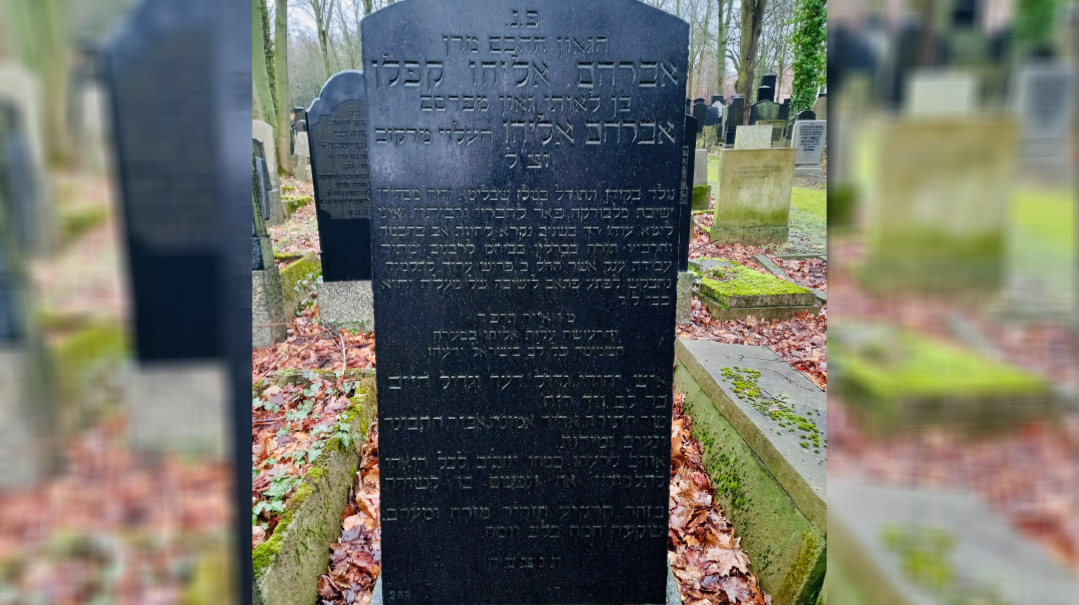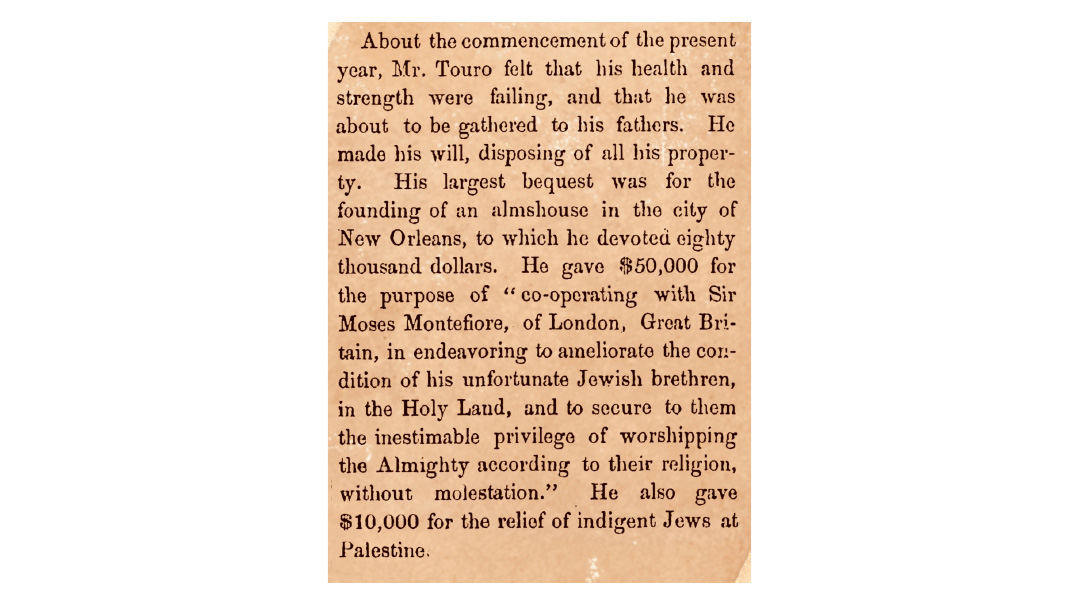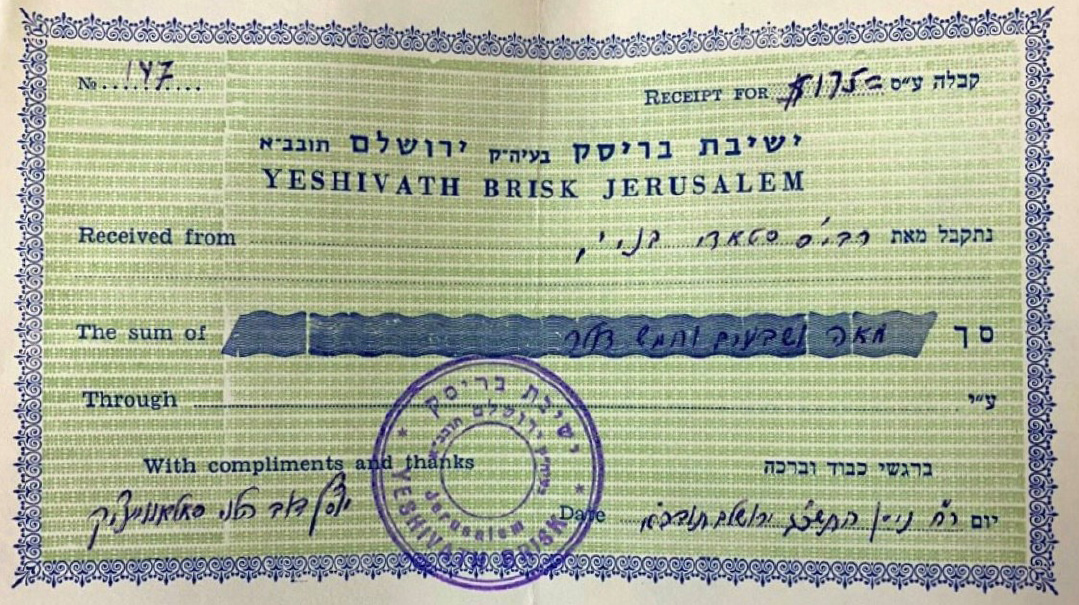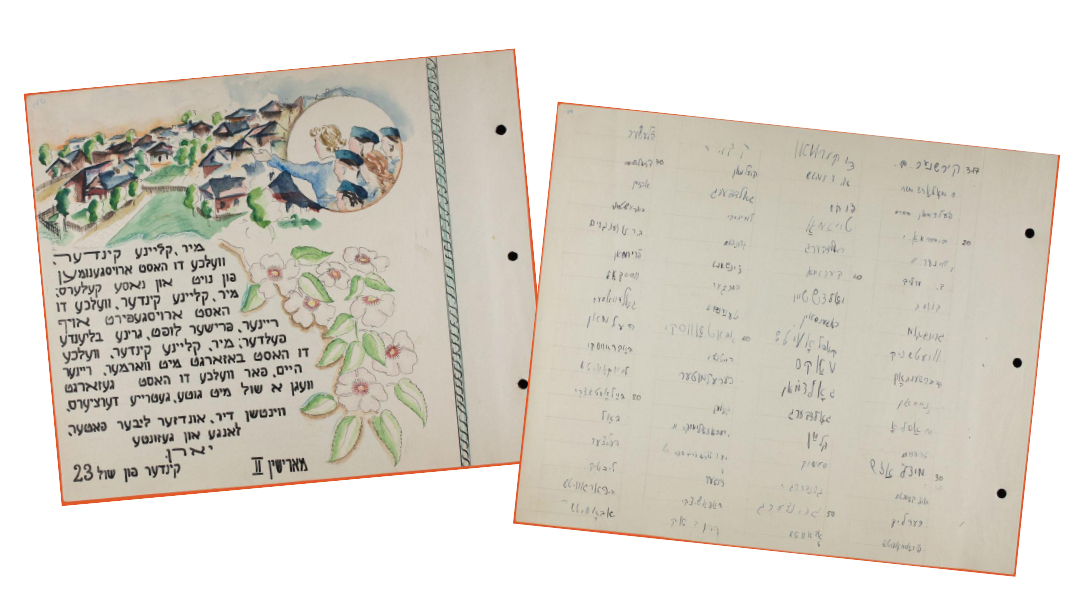When the Sun Set
| May 21, 2024There was a man who sang and who learned and who taught

Location: Berlin, Germany
Document: HaNe’eman Fifth Yahrtzeit Tribute (Telz)
Time: May 1924
There was a man,
A man whose life was creation,
A man whose creation was life.
There was a man who sang and who learned and who taught,
And who thought and who rejoiced
And who loved and who grieved.
And all of his words were alive and illuminated
With the light of Avraham Avinu’s furnace,
A brilliant light that escapes from between his words;
That like a hammer shatters rock,
The light of the secrets of Yisrael,
The light of the secret of the world.
And the light became life,
The light of life, a life of light.
“And he is no longer.”
Is he no longer?
Wasn’t the brilliance of his smiling eyes absorbed
In the light of my eyes, in the light of your eyes,
You, my brother in sorrow, who knew him?
Will it not happen that his image will flash out and illumine us?
Will it not happen that we will see him smiling at us?
Accompanying us in our determined pursuits, in attempts to be “alive,”
In our ascents, in the joy of our creations?
Let us impart to all who come within our precincts
From the light of his eyes, from the light of his soul.
And they will live by them.
And he will live in them.
—Professor Feivel Meltzer (brother-in-law of Rav Avraham Elya Kaplan). Published in the HaNe’eman Fifth Yahrtzeit Tribute Edition in 1929
(Translation by Rabbi Yosef Gavriel Bechhofer)
Avraham Eliyahu Kaplan was born in 1889 in Keidan, Lithuania, just a few months after his father was suddenly niftar, and he was duly named for him. His first rebbi was his uncle, Rav Yitzchak Eliyahu Geffen of Riteve, who took great pride in educating his nephew. His mother remarried and settled in Telz, and Avraham Elya attended the yeshivah there for several years.
Following a short stint in Kelm, he joined the Slabodka yeshivah of Rav Nosson Tzvi Finkel, the Alter of Slabodka, in 1907. He’d remain there for seven years, until the outbreak of World War I, emerging as one of the Alter’s prized students and one of the brightest lights produced by the storied institution.
Possessing a brilliant mind and a lofty, poetic soul, Rav Avraham Elya was among the yeshivah elite who enjoyed an especially close relationship with the Alter. A talented writer, he recorded detailed descriptions of Slabodka, mussar, his relationship with the Alter, and his personal struggles in a diary, in correspondence he maintained with acquaintances, in essays, and in poetry. At the beginning of Elul zeman 1910, he dispatched a letter to a friend in which he passionately described the yeshivah atmosphere and implored his friend to join him in Slabodka.
We’re currently embarking on a new life. The Mashgiach [the Alter] arrived two days ago and immediately had us delving into the worlds [of avodah] we immersed ourselves in this past year. Today, we commence with the shiurim of Toras Ha’adam in the great beis medrash of Torah education in Slabodka! You must not separate yourself from such a beautiful and pleasant tzibbur. Every second that you delay in participating, you’re missing out on entire worlds that you’ll never see or experience anywhere else. Come immediately, immediately, immediately!
On one occasion, he combined his poetic talent with his Talmudic genius. It was the sheva brachos of his friend Rav Aharon Kotler, who delivered a masterful Torah discourse, with Rav Avraham Elya then repeating the entire intricate lecture in rhyme. In addition to poetry, he also played the violin.
His most famous poem became the song known as “Shakah Chamah [The Sun Sets],” which he wrote when he was 17 years old, still searching for a path to growth in life. It’s a soul-stirring song of a youth’s struggle to confront the challenge of finding his way in a confusing world. A bit dark and somewhat pessimistic, its masterful expression has made it one of the great cultural assets of the Lithuanian yeshivah world and mussar movement. (Interestingly, the melody seems to have been borrowed from Shaul Tchernichovsky’s “Ani Maamin,” whose tune was composed by Tuvia Shlonsky. More recently, an upbeat addendum was added to the song by Shlomo Yehuda Rechnitz: “Zarchah chamah, zarchah nafshi — The sun has risen, my soul now shines.”)
World War I found Rav Avraham Elya stranded in his hometown of Telz, and he established a youth organization named Zeirei Yisrael, with a decidedly Zionist orientation. Rav Avraham Elya wrote the anthem of the organization, delivered impassioned speeches at its gatherings, and guided its growth and development. In 1920, he got married to the daughter of Rav Hirsch Abel (brother of the Telz Yeshivah co-founder, Rav Shlomo Zalman Abel) and shortly thereafter was hired as a rebbi in the Hildesheimer Rabbinical Seminary in Berlin, then headed by Rav Dovid Tzvi Hoffman. With the latter’s passing in 1921, he was appointed rosh yeshivah. This move heralded an era when Ostjuden (Eastern European Jews) would dominate leadership positions in the seminary.
Though Rav Avraham Elya was still in his early thirties, his intellectual mastery of a variety of subjects made him a talented rosh yeshivah and educator. He also emerged on the scene of public activism, frequently authoring essays on the mussar and chassidic movements and a variety of other subjects in Jewish thought. He was soon hired as the editor of the Hebrew section of the Jeschurun journal of German Orthodoxy. He also worked together with Rabbi Dr. Leo Deutschlander on the Keren HaTorah committee of Agudas Yisrael to enhance Torah education across Europe.
Rav Avraham Elya authored acclaimed Torah works and planned on writing a new comprehensive commentary on all of Shas. This monumental project, laid out in an article in Jeschurun, was to be almost a new “Rashi level” commentary on Shas, incorporating all commentaries and methodologies of study subsequent to Rashi’s time. He never got a chance to author it, but he did publish an introductory overview. Rav Yaakov Kamenetsky once remarked that Rav Avraham Elya possessed such remarkable abilities that had he lived longer, he would have restructured the entire derech halimud in the yeshivos with his proposed new commentary on Shas.
Every year for Yamim Noraim, he’d return to Slabodka, to serve as chazzan in his alma mater. As a gifted composer, he’d compose a new melody for the piyut Yaaleh tachanuneinu every year. One of them is sung in Chevron Yeshivah until this very day. When the Lithuanian government altered its military draft law in 1924, Slabodka students sought ways to evade the draft. Several turned to Rav Avraham Elya Kaplan to be accepted as students in the Rabbinical Seminary of Berlin. A few Slabodka talmidim even journeyed to Berlin, arriving there shortly before tragedy struck.
Just like his father and namesake some 34 years prior, Rav Avraham Elya was suddenly taken from this world after suffering a brain hemorrhage. He was in the prime of his life, with a bright future awaiting him on the world stage of Torah scholarship and leadership.
Hillel Goldberg wrote: “Those who expressed deep mourning upon his passing included the rabbinic eminences, the Chofetz Chaim, Rav Avraham Yitzchak Hakohen Kook, and Rav Isser Zalman Meltzer. At a young age, Rav Kaplan’s mind, heart, and pedagogical leadership had penetrated the highest levels of rabbinic scholarship and authority.”
Dayan Isadore Grunfeld later conveyed the sorrowful scene witnessed by those in attendance at the levayah and subsequent burial at the Adas Yisroel Cemetery in Berlin:
It is generally agreed that never had there been witnessed in Berlin a similar scene of lamentation as on the day when Avrohom Eliyahu Kaplan was laid to eternal rest (16th Iyar 5684/1924). The expressions of desperate grief and the continued sobbing of Western European men trained in self-control cannot be explained merely by the tragic event that a young father had been torn away from his family and that a very promising career had been cut short. It was far more than that; from the depths of our subconscious minds, a feeling arose, breaking with all elemental force through all conventional behavior and telling us that this death was a blow that had struck down every one of us and had put an end to a sacred conviction which we all shared; that this man was destined to bring about a revival and renewal of German Judaism.
From Father to Son
Rav Avraham Elya’s father studied in Volozhin, where he was known as the “Rakover Illui.” He married the daughter of Rav Shlomo Zalman Simcha Traub, rav of Keidan. His colleague in Volozhin, Rav Isser Zalman Meltzer, wrote of the senior Rav Avraham Elya: “The Jewish People had (great) hopes for him, expecting to see him become a gaon of the stature of geonim of former generations.”
In B’ikvos Hayirah, it is related that when Rav Chaim Soloveitchik visited Kovno in 1908, the students of Slabodka visited the great sage. They noticed his eyes focused on the young Avraham Elya. Rav Chaim then asked if he was the son of Rav Avraham Elya Kaplan. When he received an affirmative reply, he excitedly remarked, “So that saintly man has a son!” He stood up in tribute, an incredible show of honor for the son of a man whom he had so greatly respected.
Bright As the Sun
A ringing endorsement of Rav Avraham Eliyahu’s scholarship was penned by no less than the famed historian Shimon Dubnow in the introduction to Pinkas Medinas Lita (Berlin, 1925):
When I commenced the project of publishing this book [Pinkas Medinas Lita] last year here in Berlin, I requested the assistance of an outstanding young talmudist named Rav Avraham Eliyahu Kaplan, who was the rector at the Rabbinical Seminary here in Berlin. Throughout the course of the project, the two of us read the pages of the manuscript together. Rav Avraham Eliyahu Kaplan made preparations to add a commentary of annotations and explanations to the cryptic segments of the text, along with a general detailed overview on the topic of halachah and din. His dogmatic overview was to be alongside my historical overview.
In the midst of the project, however, tragedy struck — the young rabbi passed away suddenly at only 34 years of age. Among the writings of the deceased, we found a few fragmented comments, which we’ve added to the final published work. This should serve as an inadequate memorial for the niftar, who was destined for greatness as a researcher of Talmud and poskim. And I want to take this opportunity to express my personal pain for this great loss to the field of Jewish studies.
Rising Son
Rav Avraham Elya’s wife and son Tzvi moved to Eretz Yisrael in 1927. Following his studies in Lomza Petach Tikva and Chevron, Rav Tzvi Kaplan emerged as a gifted Torah writer and editor, as well as a leader in Bnei Akiva. He devoted significant energies to publishing his father’s many writings. A collection of his father’s essays on diverse subjects, along with transcripts of some of his speeches, was published in B’ikvos Hayirah, while his Talmudic and halachic commentaries were published in Divrei Talmud.
This article is based on the research and writings of Rav Nosson Kamenetsky, Dr. Shlomo Tikochinsky, and Rabbi Yosef Gavriel Bechhofer.
This Thursday, 15 Iyar, will mark the 100th yahrtzeit of Rav Avraham Eliyahu Kaplan.
(Originally featured in Mishpacha, Issue 1012)
Oops! We could not locate your form.






